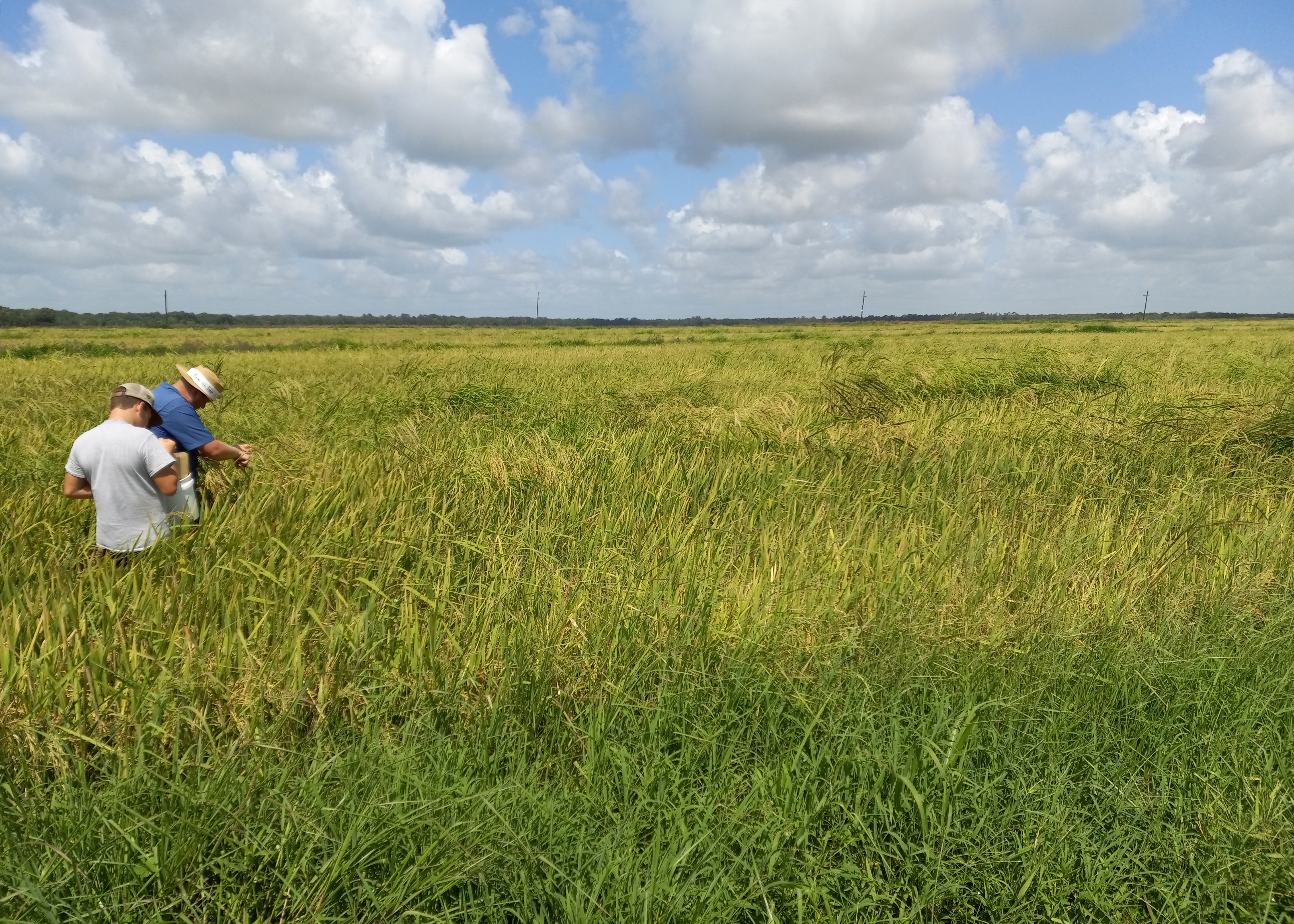On November 8, 2023, scientists from the Max-Planck-Institute of Molecular Plant Physiology, along with international collaborators, published (DOI: 10.1093/hr/uhad224) their research in Horticulture Research. The study examined the function of a gene encoding the PetM domain-containing protein in tomatoes using CRISPR/Cas9 knockout technology. The PetM gene knockout led to significant shifts in electron transport and pigment production under varying light intensities, underscoring the protein’s role in photosynthetic adaptation. These findings could lead to breakthroughs in optimizing photosynthesis for higher crop yields.
The research explored the physiological and metabolic impact of removing the PetM gene in tomato plants. Under both low and high light, the knockout lines exhibited reduced electron transport and CO2 assimilation, along with changes in chlorophyll and carotenoid levels. While plants maintained basal CO2 levels in low light, high light conditions led to photoinhibition. Additionally, the metabolic profiles revealed decreased glyceric acid and alterations in key amino acids. These results suggest that the PetM protein helps stabilize the cytochrome b6f complex under high light, ensuring efficient electron transport and preventing harmful reactive oxygen species, highlighting its evolutionary significance in adapting to terrestrial environments.
Dr. Alisdair R. Fernie from the Max-Planck-Institute emphasized the broader impact of the findings: “While the PetM domain has been studied in model organisms, our research extends this knowledge to tomatoes, a major crop species. Understanding how the PetM domain stabilizes the cytochrome b6f complex under different light conditions opens the door to enhancing photosynthesis efficiency in agricultural settings. This is especially critical as we face global challenges in food security and climate resilience.”
The identification of the PetM domain’s role in photosynthesis could have significant agricultural implications. Enhancing electron transport efficiency, particularly under high-light conditions, offers a promising target for genetic engineering aimed at increasing crop yields. Stabilizing photosynthesis could improve crop resilience to varying environmental conditions, especially in regions with intense sunlight. This research could contribute to innovative strategies in crop development and sustainable agriculture, addressing global food security challenges.
###
References
DOI
Original Source URL
https://doi.org/10.1093/hr/uhad224
Funding information
The research fellowship granted by Conselho Nacional de Desenvolvimento Científico e Tecnológico (CNPq-Brazil) to A.N.-N. is gratefully acknowledged. A.R.F. and S.A. acknowledge the European Union’s Horizon 2020 research and innovation programme, project PlantaSYST (SGA-CSA No. 739582 under FPA No. 664620), and the BG05M2OP001-1.003-001-C01 project, financed by the European Regional Development Fund through the Bulgarian’ Science and Education for Smart Growth’ Operational Programme. S.A. acknowledges the EU Horizon 2020, call HORIZON-WIDERA-2022-TALENTS-01, project NatGenCrop (grant agreement No. 101087091).
About Horticulture Research
Horticulture Research is an open access journal of Nanjing Agricultural University and ranked number one in the Horticulture category of the Journal Citation Reports ™ from Clarivate, 2022. The journal is committed to publishing original research articles, reviews, perspectives, comments, correspondence articles and letters to the editor related to all major horticultural plants and disciplines, including biotechnology, breeding, cellular and molecular biology, evolution, genetics, inter-species interactions, physiology, and the origination and domestication of crops.



